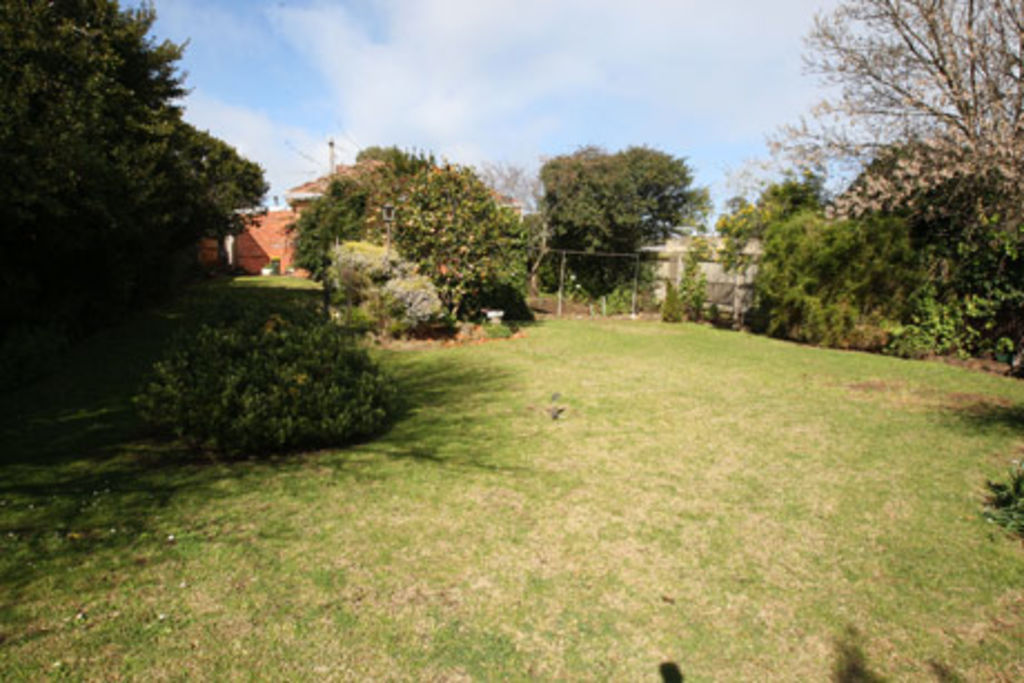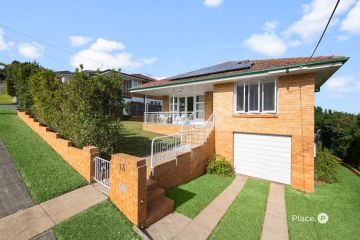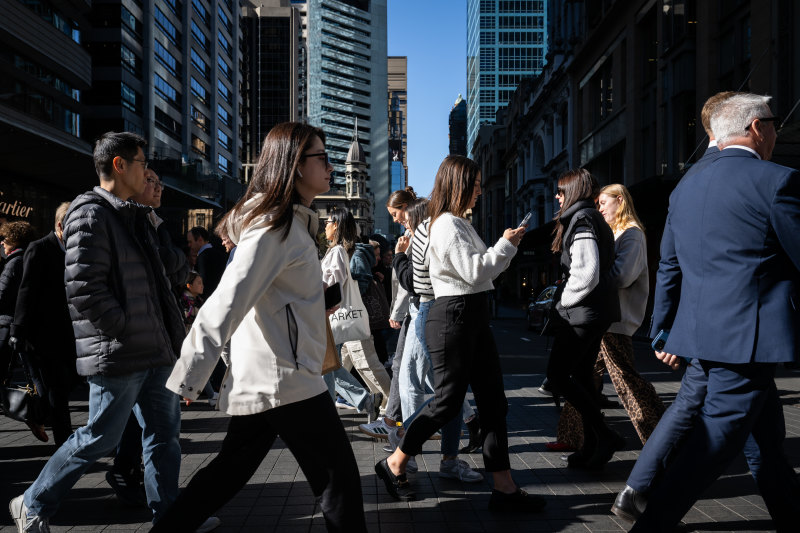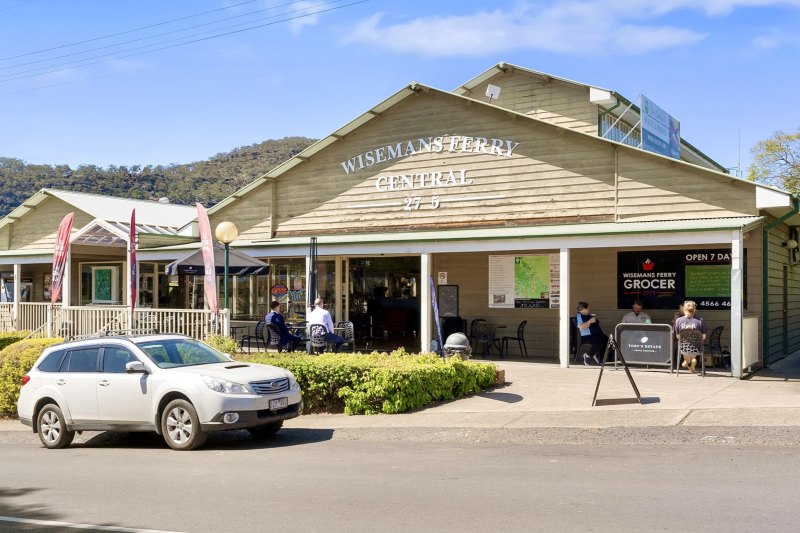Backyard blitzed

As an ad hoc sports field, the backyard leaves a lot to be desired, says Stuart Worn, the executive officer of the Planning Institute of Australia (Victoria Division). Banging sixes is too easy and getting fielders in on the game is impractical.
The street — or, ideally, the park — makes for much more satisfying contests. Not that it’s an issue for Mr Worn, he lives in Carlton with a courtyard better suited to barbecues than batting and he’s fine with that.
“I think people have realised that backyards are a bit of a waste of space and they’re better off having a bigger house than wasting space on a backyard,” he says. “That’s not to say backyards aren’t important but you don’t need to have a large one.”
The Death of the Australian Backyard – a Lesson for Canberra, a 2008 paper written by Griffith University professor Tony Hall, says builders stopped making houses with large backyards from the 1990s, adding the ensuing changes are obvious to anybody privy to an aerial view of an Australian city. And it raises a question: To what extent is the shrinking Australian backyard something to lament?
“I’m not convinced backyards are the panacea for a happier, healthier community,” Mr Worn says.
“They’re something that happened in a point in time in the evolution of our city.
“In higher-density residential areas, there will be an increasing reliance on public facilities, parks and infrastructure targeted to the community as a whole,” he says.
Australian Property Buyers managing director Karin Mackay says the clients she sees are prepared to make varying sacrifices to acquire the right-sized backyards.
“I tend to find that the people who have one child and are about to have another are sacrificing inner-city living to move further out so their child can have a backyard,” she says. “But I also quite often see people who are just not willing to sacrifice where they live and they’ll mortgage themselves to the hilt to get the backyard as well as the inner-city location.”
Ms Mackay admits there is a blessing that stems from the demise of the backyard. “People are busier; they work long hours and have busy social lives, so they don’t want to spend the weekend mowing lawns and weeding gardens… I think that’s a big incentive for people to look at smaller blocks.”
But, whatever ultimately becomes of the backyard, better government performance in planning is paramount to the fate of Australian cities, according to Australia’s Capital Cities: an Independent Assessment of City Planning Systems, a report by KPMG.
It says Melbourne is the capital that best plans for growth but recommends consistency across governments and improvement in the approach to urban design.
We recommend
We thought you might like
States
Capital Cities
Capital Cities - Rentals
Popular Areas
Allhomes
More







